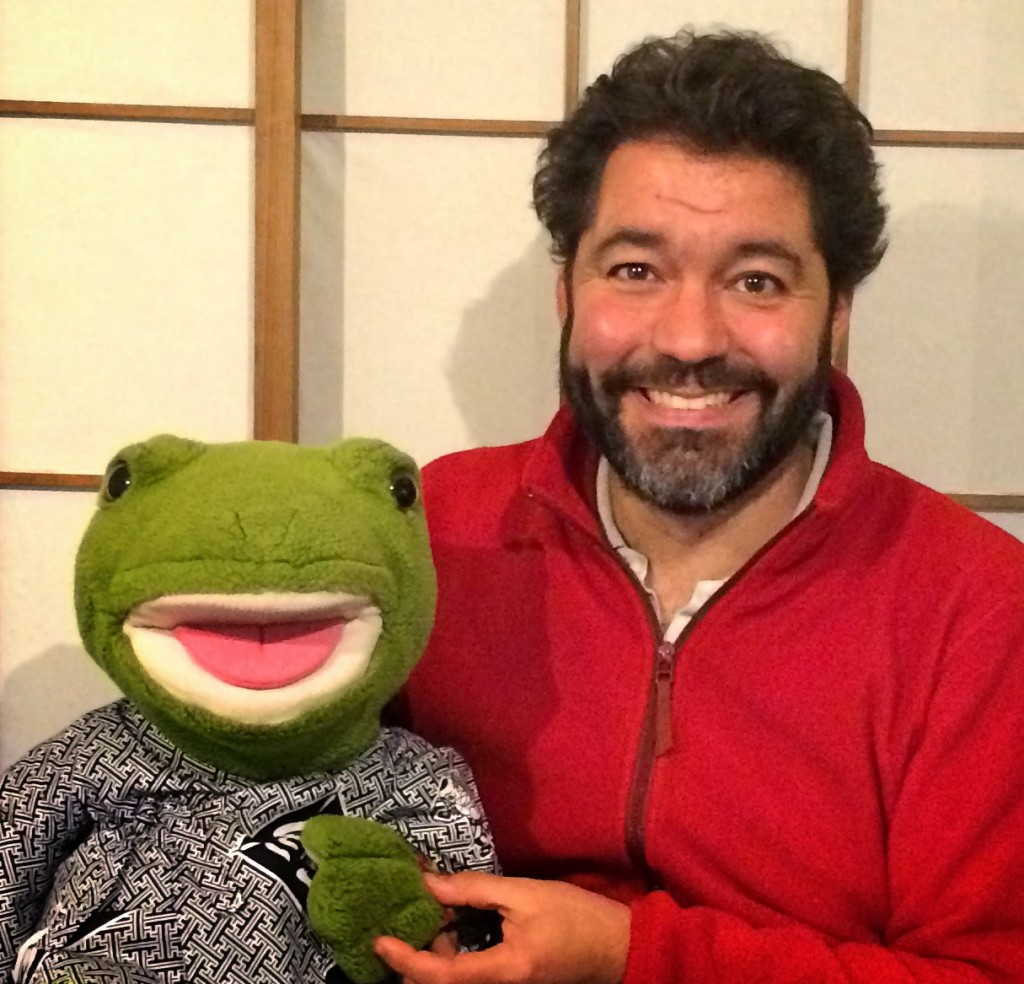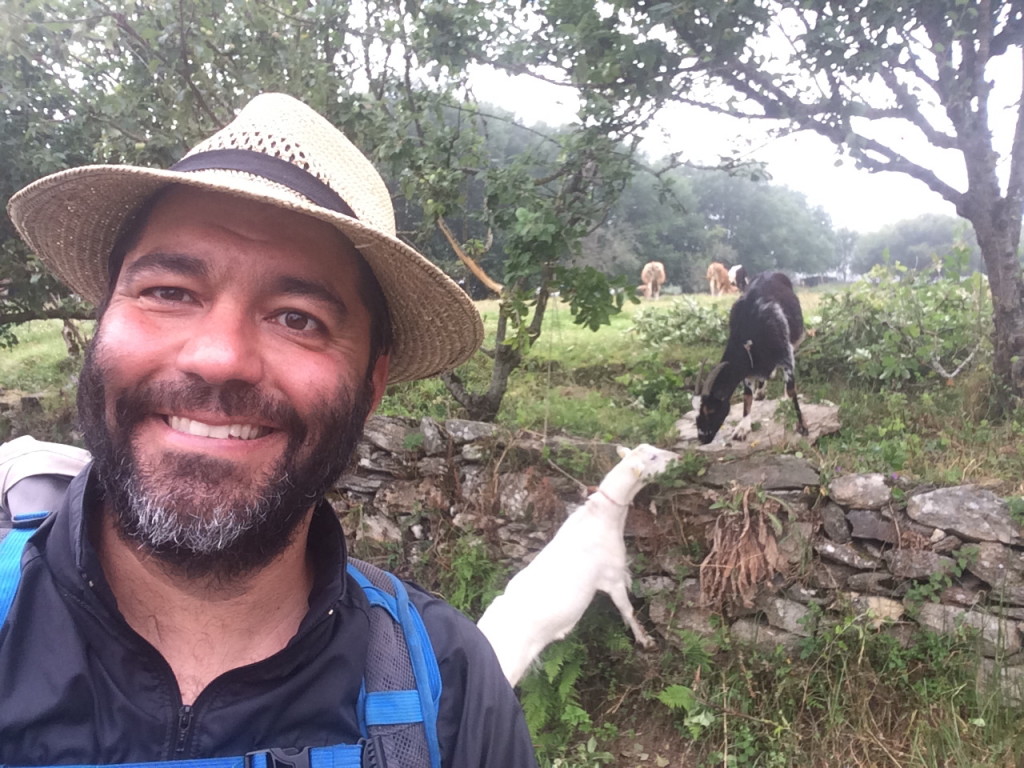
Affective and Effective Leading Practices & Postures – Juan Alberto Lopez Uribe
“Management is doing things right;
leadership is doing the right things.”
– Peter Drucker
The theme of leadership has always fascinated me and as my school grew, I felt the need to get educated about it. I went back to school and took an MBA in order to tackle those situations I just did not have a clue of how to handle, not to say that I know now. As a curious school director and as the good student that I am, I read extensively, researched, and even visited places that are known for their high creativity, engagement, and morale.
I would like to share here practices that my sister Sosô and I have learned and that have been both affective and effective in our leading of the language school for children we direct in São Paulo, Brazil. Feel free to steal all the ones that you feel might work for you and your school!
Give people the rules of the game: make sure you know what the values of your school are and make them explicit in your words and actions. Explain what you understand by each one of them, as people have different interpretations. At school we chose respect, trust, commitment, transparency, and coherence as our organizational pillars. We base all of our decisions including hiring, promoting, investing, and firing on our values. Whenever in doubt, we ask ourselves if they fulfill them.
Selecting the right people: as it obvious it might seem, a very important rule in having a well-rounded organization is inviting the right people to join it. Once you know your values, you know what to look for in candidates. I personally believe that affective and effective teachers and staff show signs that they are curious, flexible, patient, humble, committed and compassionate. If possible, be with these people as much as you can to feel them before hiring them. Make your pre-service training course part of your selection process. Remember that more than an explicit content, people implicitly teach who they are.
Sharing our story: when new educators join school we present them how our school grew from our very first student to where we are now. We share how we have faced and overcome challenges, how we incurred and solved mistakes, and mainly how our collective committed work has created something truly unique and remarkable. This is not only a way of modeling and teaching our values and culture, but it is also how we welcome and make new teachers feel they belong. I also make sure to end this ritual by telling them that I expect them to leave their very own mark in the school’s history.
Have angels at your school: another leading practice we live is to assign angels, who are more experienced teachers, to help newcomers during the first month at school. Angels help and model how to select material, plan lessons, and teach classes. We guide angels also model teaching, observe classes, and give feedback in a very supportive and encouraging way in order to promote the success of new teachers. I can still remember how important it was for me to have an angel helping me back 20 years when I first started. Happy to still be in touch with her and to have visited her last month in Scotland!
Give educators time: one courageous change we did at school was to hire teachers for fixed periods of time and in these allocate time for planning, classes, individual and group meetings, sharing, communication with students’ parents, and mainly reflection. Financially it wasn’t the best decision as profits declined, but the resulting quality and engagement has really paid off. Now we are better teachers and have more students.
Have individual and group goals: going after goals allows us to have different perspectives, get out of our comfort zone, and truly progress. Goals can range from being concerned about student talking time, how instructions are given, to getting better communication with parents. The important thing is to have clear goals and have indicators that will let everybody know that it has been achieved. Goal disconnect the automatic pilot, which is not only alienating, but also makes teacher lose their presence and pleasure in their being with learners.
Focus on results, not on schedule: our focus is on students’ learning and on the educator’s active and creative group participation. We certainly expect teachers to be on time for their classes and to come to their individual and group meetings, but besides that, we do not care if they actually prepare theira classes at their homes or if they use the time we allotted for planning to swim and they plan some other time later. We even have a nap room for staff to recharge their batteries after lunch or at any time during the day. I particularly love to model this last one.
Making decisions together: we have learned that listening, thinking, and deciding together brings sustainability to decisions, as people have been acknowledged and their opinions valued. Asking teachers if they would like to continue teaching certain groups, whether we should wear an uniform everyday, and how events should happen are some examples of collective decisions that have brought an enhanced sense of ownership. During our square talks, we bring an agenda with the issues we people would like to discuss, we assign a timekeeper, and a note taker. We certainly have experienced moments in which people disagreed and our collective thinking and creativity allowed us reach novel solutions we had never thought of!
Talk about the truth and apologize when you mess up: schools are the places where we learn about learning, teaching, and leading. And making mistakes always happens when one is learning, more than that, these mistakes are necessary for learning to happen. When mistakes happen at school, we openly talk about them, highlighting what our intentions were, how we felt, and how we perceive the results of our actions as leaders. We apologize when we mess up and make sure people’s opinions and feelings are acknowledged and taken into account. This open posture signals that it is acceptable and expected of teachers to disclose that sometimes do not know how to do something or that they did something they were not supposed to. The paradox is that when there is trust, people can show themselves vulnerable. As a result, the relationship gets stronger.
Share how you see individual and group development: I will always remember when a very dear teacher told me that the biggest present she had ever received from a school was a thorough evaluation of her work. When you generously evaluate, you show you care. More than that, you acknowledge the person’s unique initiatives, the challenges he/she has overcome, and the different paths that can be taken in the future. Writing a report of somebody’s work is also a big mirror of how one as a leader has supported and been involved in the work of a teacher. When it comes to the collective, giving group members the overall view of how the group has evolved is a powerful motivator, as it shows and values that every single individual effort was responsible for something much bigger.
Remember and celebrate: I dare to say that leading a school can be seen as climbing a mountain that never ends. Having both individual and collective moments in which one can stop, have some tea, and admire the view of all that has been achieved and conquered is essential to make sense of the purpose and process of the shared journey. Make sure to remember the contributions, the hurdles, and feelings that were lived. Then think of fun and memorable ways to party this success!
I hope that these affective and effective leading postures and practices can help you in the search of your leadership style. Leading is an art, and there isn’t a tight way to do it. Find your unique style and share it with the world!
Feel free to write me, make comments and suggestions. I’d love to hear from you!
Hugs,
Juan
Connect with Juan and other iTDi Associates, Mentors, and Faculty by joining iTDi Community. Sign Up For A Free iTDi Account to create your profile and get immediate access to our social forums and trial lessons from our English For Teachers and Teacher Development courses.
Like what we do? Become an iTDi Patron.
Your support makes a difference.
 I have been travelling for the last 15 months as an educational backpacker. Being an educational backpacker has meant being on an inner and international journey of discovery and exploration meeting friends and teachers, giving courses on affective language learning, and attending ELT conferences around the globe. During this journey I have had the great privilege of being in both homes and schools of fellow teachers learning about their lives and work and pollinating their spaces with the ideas, sounds, and tastes of the different realities I have experienced. Oh, before we continue, I forgot to say that I always have Buddy the Frog with me, with whom we have made countless shows to children and teens.
I have been travelling for the last 15 months as an educational backpacker. Being an educational backpacker has meant being on an inner and international journey of discovery and exploration meeting friends and teachers, giving courses on affective language learning, and attending ELT conferences around the globe. During this journey I have had the great privilege of being in both homes and schools of fellow teachers learning about their lives and work and pollinating their spaces with the ideas, sounds, and tastes of the different realities I have experienced. Oh, before we continue, I forgot to say that I always have Buddy the Frog with me, with whom we have made countless shows to children and teens.




